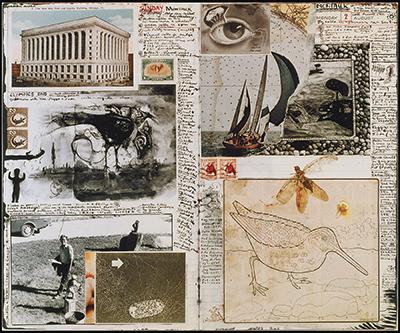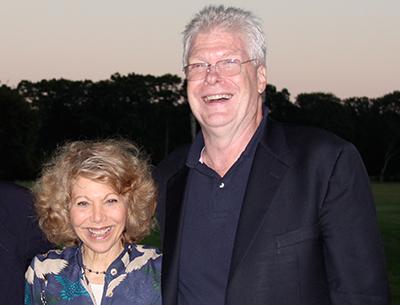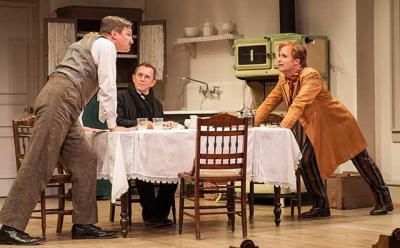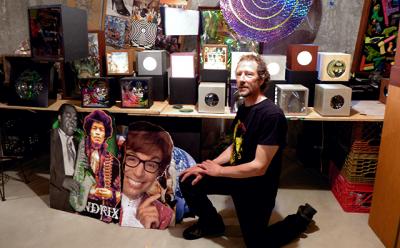Rare Peter Beard Show Opens
Rare Peter Beard Show Opens

For a few short weeks, the galleries at Guild Hall will bring East Africa to East Hampton through the local and international photography and collage work of Peter Beard.
In the high-flying 1960s and ’70s, Mr. Beard was known on the society pages for hobnobbing with the likes of Andy Warhol, Mick Jagger, and those Kardashian sisters of their generation, Jacqueline Onassis and Lee Radziwill. At the same time, he was also a serious and concerned chronicler of the dwindling population of big-game wildlife in Kenya.
“Peter Beard: Last Word From Paradise,” which opens on Saturday, will mark his first museum exhibition in 15 years and his first showing of the many portraits he took in Montauk of those friends and others, as well as some of his breathtaking images of rhinos, elephants, crocodiles, and other African wildlife. His diaries and collages function as field notes and scrapbooks, with densely packed observations alternating with images or souvenirs of the landscape — dried leaves and insects, for example, mixed in with clippings and the blood of animals and himself.
Throughout his photographs and monographs, beginning in the ’60s, Mr. Beard’s concern for the environment of Kenya is always paramount, and has remained so in subsequent accounts. He described the landscape he first saw in 1955 as “authentic, unspoiled, teeming with big game — so enormous it appeared inexhaustible.” Now he sees Kenya’s human population of 30 million as pushing the wildlife out of the country by draining the natural resources of its habitat.
The show will be divided into the two geographical areas, “exploring the artist’s visions of Kenya and Montauk as encampments/refuges where his art and life converge,” according to Christina Strassfield, the curator of the exhibition and director of Guild Hall’s museum. The exhibition will remain on view through July 31.
During that same time, Guild Hall’s grounds, as well as one of its galleries, will be taken over by the sculpture of Carol Ross. Her work consists of large and colorful metal works suggestive of monumental ancient sculpture and smaller wall reliefs. Donald Kuspit, a scholar of American modern art and a critic, has said of her sculptures that “they’re bound to the earth, as though gaining their strength, their durability from it. In contrast, the wall works have a lyric intimacy, a lighter-than-air feeling; indeed, seem to float free of the earth.”
Ms. Ross’s work will remain on view through October.
An opening reception for the two shows will be held on Saturday from 4 to 6 p.m.



